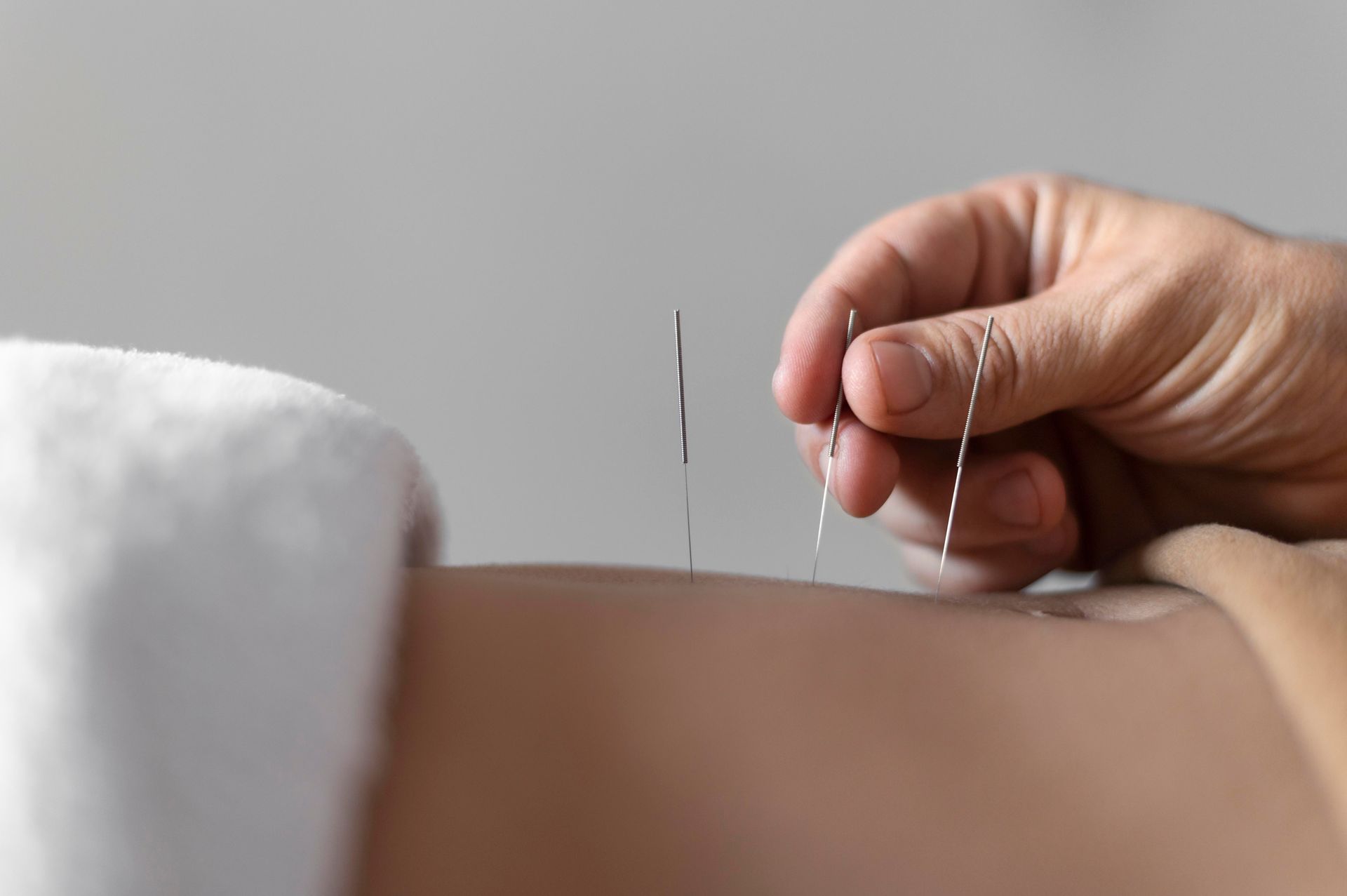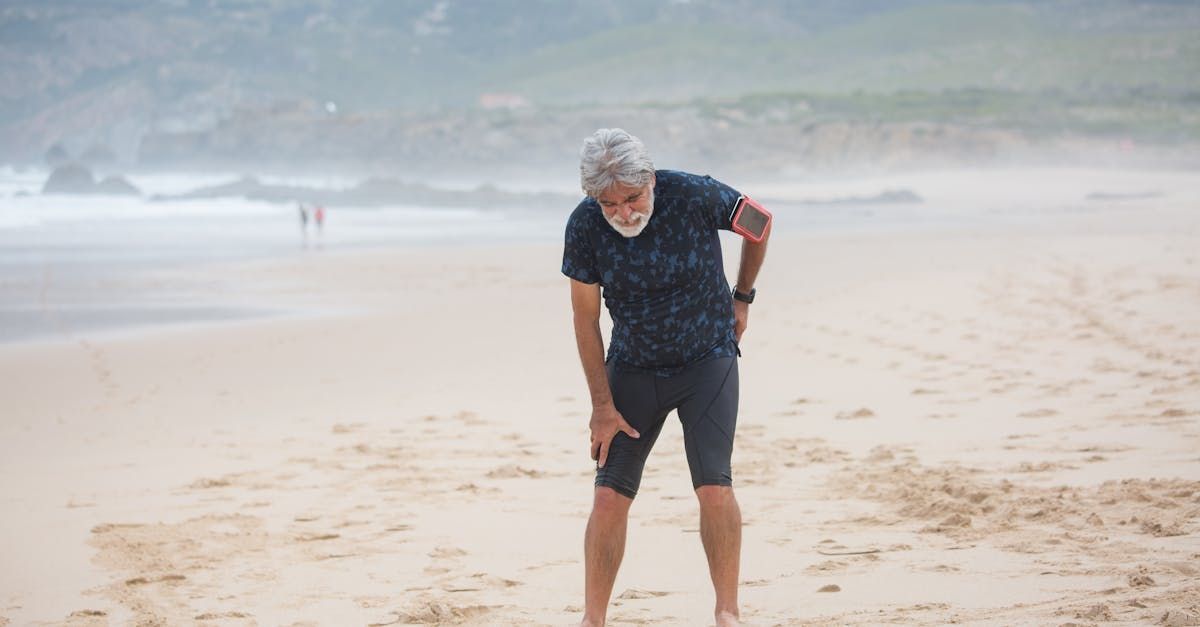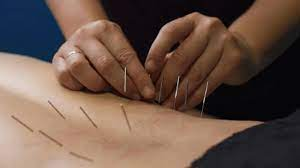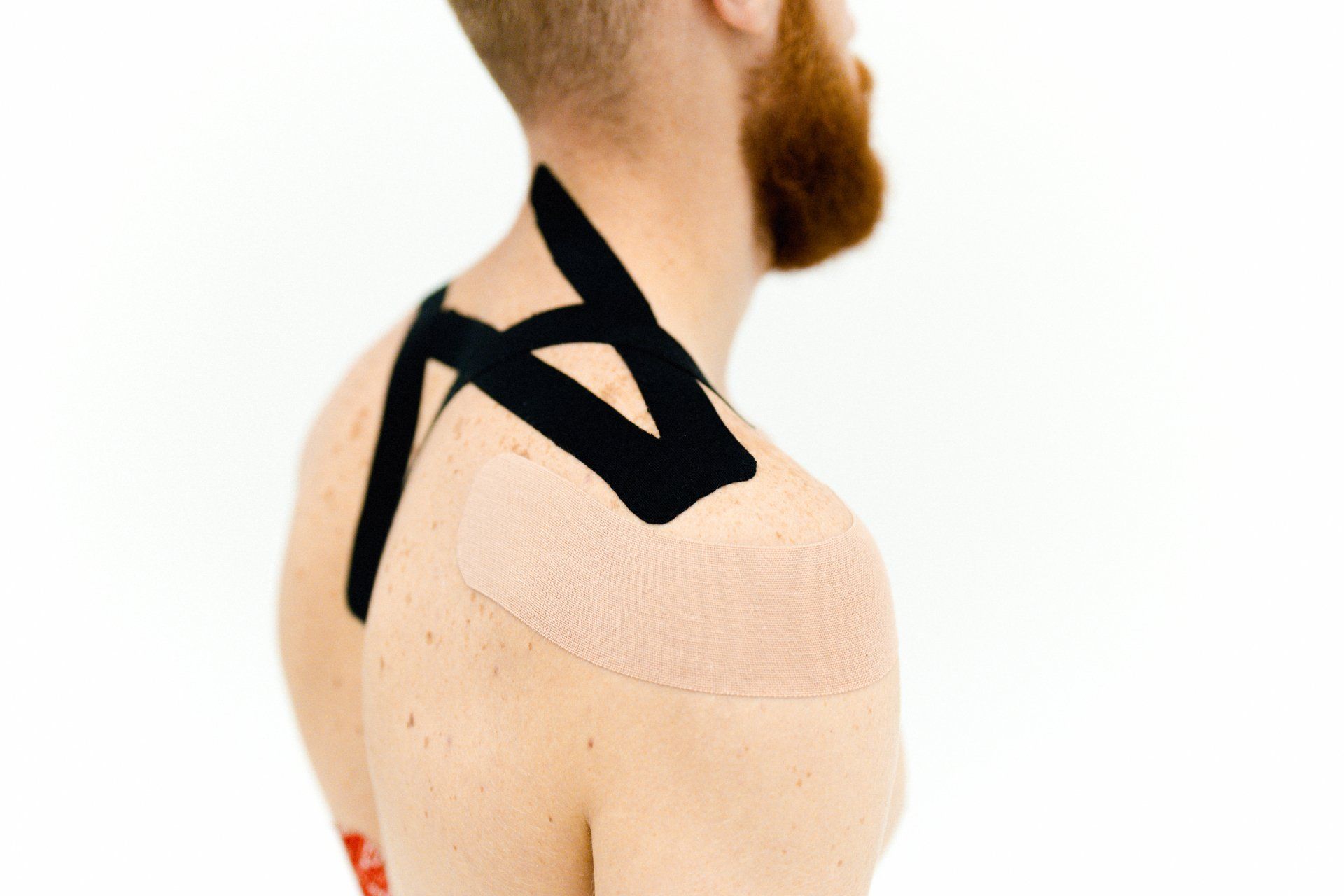Apex Physical Therapy’s Top Tips for Avoiding Winter Injuries
With winter approaching, we embark on a season of joyous festivities like Thanksgiving and the adrenaline-filled thrill of football. Yet, we cannot ignore the heightened risk of injuries accompanying the colder months. Fret not! Cumming, GA’s trusted physical therapy clinic and dry needling expert, Apex Physical Therapy, has your back, ensuring a safe and injury-free winter season with these invaluable tips:
Don’t Skip Your Warm-Up Exercises
Warming up is a crucial part of any physical activity, especially during the colder months. It prepares your body for exercise by increasing blood flow to your muscles, raising your body temperature, and improving joint flexibility and function. This is particularly important in winter, as the cold weather can make your muscles more susceptible to injury.
Think of it like a football player gearing up for a game. They wouldn’t dream of hitting the field without a proper warm-up. The same applies to you. Whether you’re about to shovel snow, go for a run, or participate in a winter sport, a good warm-up is critical to preventing injuries and improving performance. So before you step out into the cold, take a few minutes to warm up your body. Your muscles will thank you for it!
The Art of Layering
Proper attire in winter is vital for injury prevention. Cold weather can cause muscle stiffness and increase the risk of injuries. By dressing warmly, you can regulate your body temperature, keep your muscles warm, and reduce the likelihood of strains and sprains. Layering is an effective way to stay warm in cold conditions.
Start with a moisture-wicking base layer made from materials like synthetic, or wool to keep sweat away from your skin. Then, add an insulating middle layer to retain heat, and finish with a waterproof outer layer to protect against wind and precipitation. Whether you’re going for a run, shoveling snow, or just running errands, dressing in layers can help keep you warm and prevent injuries.
Navigating Slippery Terrain
Winter weather often means dealing with slippery surfaces, whether icy sidewalks, frozen parking lots, or even your front steps. Slips and falls can lead to injuries ranging from minor bruises to more serious fractures. But with a bit of caution and preparation, you can significantly reduce your risk of winter falls. Here are some tips to help you navigate slippery terrain safely:
- Wear the Right Footwear: Choose shoes with non-slip soles for better traction on icy or snowy surfaces.
- Take Smaller Steps: Shorter steps can help improve your stability and balance when walking on slippery surfaces.
- Use Handrails: Whenever possible, use handrails or other stable objects for support.
- Stay Alert: Pay attention to where you’re walking and avoid distractions like your phone.
Please remember that ensuring your safety is of utmost importance. In the unfortunate event of a slip or fall, rest assured that Apex Physical Therapy is here to assist you. Our team will provide personalized treatment plans meticulously crafted to aid your swift recovery and get you back on your feet in no time.
Snow Removal Safety
Shoveling snow is a typical winter chore that can lead to back pain and injury if not done correctly. It’s essential to approach snow removal like any other physical activity—with preparation and the correct technique. Here are some tips to help you shovel like a pro:
- Warm Up: Just like you would before any workout, take a few minutes to warm up your muscles before you start shoveling.
- Choose the Right Shovel: Lightweight, ergonomically designed shovels can help reduce the amount of bending and heavy lifting you have to do.
- Lift with Your Legs: Bend your knees and lift with your legs, not your back. Avoid twisting your body.
- Take Breaks: Don’t try to do it all at once. Shoveling snow is hard work, so pace yourself and take breaks as needed.
Remember, if you experience pain or discomfort while shoveling, stop and rest. If pain persists, consider contacting a Forsyth County physical therapist like Apex Physical Therapy for advice or treatment.
Embrace Winter Workouts
Winter is often associated with hibernation, but that doesn’t mean you should put your physical activity on hold. Staying active during the winter months is crucial for maintaining your overall health and fitness. Regular exercise can help boost your immune system, improve your mood, and keep you fit and ready for seasonal activities like Thanksgiving parties or football games. Here are some tips to help you embrace winter workouts:
- Indoor Workouts: If the weather outside is too harsh, consider indoor workouts. There are plenty of exercises you can do from the comfort of your home, from yoga and Pilates to strength training and cardio workouts.
- Dress Appropriately: If you prefer outdoor workouts, make sure to dress in layers to stay warm and dry.
- Stay Hydrated: It’s just as important to stay hydrated in winter as it is in summer. Make sure to drink plenty of fluids before, during, and after your workout.
- Warm Up and Cool Down: Don’t forget to warm up before your workout and cool down afterward. This can help prevent injuries and improve your performance.
Recognize the Warning Signs
Listening to your body is one of the most important things you can do to prevent injuries. Your body often sends out signals when something is not right, and it’s crucial to pay attention to these signs and take appropriate action. Here are some common warning signs that you should not ignore:
- Pain: While a certain amount of discomfort is expected during physical activity, sharp or persistent pain is a clear sign that something is wrong.
- Swelling: This could indicate an injury like a sprain or strain.
- Limited Mobility: Difficulty moving a joint normally can indicate an injury.
- Weakness: If a limb gives out when you try to use it, you may have an injury.
- Numbness or Tingling: These sensations can indicate nerve damage.
If you experience any of these symptoms, you must stop what you’re doing and rest. If the symptoms persist, consider seeking professional help. Remember, Apex Physical Therapy is here to help. Our team of experts can provide personalized treatment plans to help you recover and get back to your normal activities as quickly as possible.
Conclusion
As November sweeps in with its crisp air and festivities, the season's charm is undeniable. Yet, the risk of injuries looms. Don’t let an injury dampen your November spirits. Thanksgiving, autumn delights, and the excitement of football should be enjoyed injury-free. However, if the inevitable happens and an injury interrupts your November plans, Apex Physical Therapy is here for you. We have the expertise and resources to guide you back to health.
Contact us without delay if you face the inconvenience of an injury. Our tailored approach will aid in your recovery, ensuring you don't miss out on the joy this season brings.



#gettoknow
Meet Dr. Nathan
Meet Dr. Nathan Teter! He's the practicing Physical Therapist and owner of Apex Physical Therapy. Dr. Nathan's credentials include a bachelor's degree from the University of West Georgia and a Doctorate of Physical Therapy from the University of St. Augustine.
While studying in the University of West Georgia, Dr. Nathan played college football for the wolves and unfortunately suffered a traumatic knee injury during his senior season. After getting the chance to work with skilled Manual Therapists during his rehabilitation, his passion for Physical Therapy ignited.
Today, Dr. Nathan's passion for PT has encouraged him to open his own practice at his hometown of Cumming, GA.
To learn more about Dr. Nathan Teter, click on the button below!

#gettoknow
Meet Dr. Nathan
Meet Dr. Nathan Teter! He's the practicing Physical Therapist and owner of Apex Physical Therapy. Dr. Nathan's credentials include a bachelor's degree from the University of West Georgia and a Doctorate of Physical Therapy from the University of St. Augustine.
While studying in the University of West Georgia, Dr. Nathan played college football for the wolves and unfortunately suffered a traumatic knee injury during his senior season. After getting the chance to work with skilled Manual Therapists during his rehabilitation, his passion for Physical Therapy ignited.
Today, Dr. Nathan's passion for PT has encouraged him to open his own practice at his hometown of Cumming, GA.
To learn more about Dr. Nathan Teter, click on the button below!
Reviews
 Rating
Rating

"This was my first time trying physical therapy for lower back pain I had been experiencing. I received manual therapy and dry needling to help alleviate my pain and have felt awesome ever since! Everything was clean, the PT was professional, and I felt very comfortable during the entire experience. I will definitely be recommending Apex to anyone who needs physical therapy- the cash services are the best part!"
Meghan M.

"Best Physical Therapy experience that I have had over the years. Dr. Nathan Teter is extremely knowledgeable and professional. Making an appointment was easy and the website is very organized. The office was clean and always freshly sanitized. Provides great one-on-one PT and great care. Highly recommend!"
Abby S.

"Dr Teter is the best physical therapist I've ever had"
Sarah P.
Follow us: @apexphysicaltherapycumming
#staysocial
Stay Connected
Join Our Newsletter
Sign up for our newsletter to receive the latest updates, tips for your physical health, and exclusive offers tailored just for you. We’re here to support your journey to recovery and wellness every step of the way!
Contact Us
Please try again later.
Follow us: @apexphysicaltherapycumming
#staysocial
Apex Physical Therapy is the Most Trusted Physical Therapy Provider in Cumming.
Get the personalized care you deserve, restore your lifestyle, without aches, pains, or limitations.
327 Dahlonega St., Building 1200, Cumming, GA 30040
Phone:
678-729-9696
Email:
apexptcumming@gmail.com









